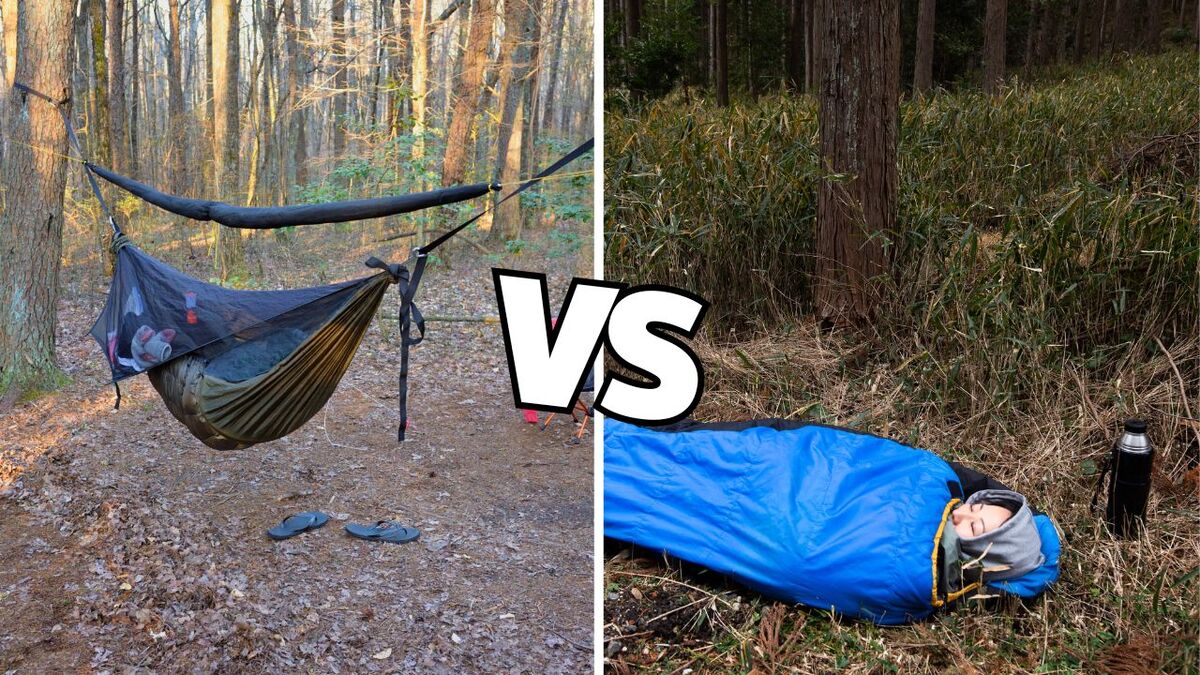
Hammock or sleeping on the ground – a comparison with advantages and disadvantages
👉 The key facts from this guide
- Sleeping Comfort: Hammock offers good comfort through proper technique (e.g. lying diagonally); sleeping on the ground requires a suitable mattress for insulation and leveling of unevenness.
- Insect Encounter: In a hammock, there are fewer insect problems due to distance from the ground and protection by a mosquito net; sleeping on the ground leads to more encounters with crawling insects.
- Rain Protection: Hammock effectively protects against rain with a tarp without contact with the ground; when sleeping on the ground, a waterproof base is important to avoid puddles.
- Visibility: Hammock is highly visible and therefore conspicuous due to elevated position; sleeping on the ground is less visible and better suited for camouflage.
- Independence from the Ground: Hammock requires stable trees, ground is irrelevant; sleeping on the ground requires a level, obstacle-free place.
- Animal Encounter: Hammock reduces risk due to elevated position, animals mostly pass underneath; sleeping on the ground increases risk due to proximity to animals and field of vision.
The next survival event is just around the corner.
But how should you spend the night?
Is a hammock better or a sleeping bag on the ground?
Fact is: You are not alone with this question. Many outdoor enthusiasts are divided because it often strongly revolves around personal preferences.
This typically leads to confusion and uncertainty - and that's precisely how I felt at the beginning.
For 7 years, I have been deeply involved in survival and outdoor adventures and have successfully completed numerous such projects.
In this guide, I would like to show you based on facts which type of sleep is best suited for your needs.
This way, you can make your own informed decision.
The Comparison Between Hammock and Sleeping on the Ground
One thing in advance: When I ask people around me, the answer is as individual as the people themselves. It is mainly personal preferences that play a big role.
Clearly, if you have back pain, it's better to take the sleeping bag (here is my best list) and the hammock or the "Haven Tent" (here is my review on it). If you prefer to stay invisible, sleep on the ground.
But let's put preferences aside for now and focus on the facts.
Based on the facts, everyone can then determine what best harmonizes with their preferences.
Insect Encounter
Hammock: Reasons for Low Insect Encounters
In the hammock, you float above the ground and are thus unreachable for most crawling insects. Even if you snore with your mouth open, the ants won't climb to you.
A mosquito net around the hammock provides additional protection from the flying pests.
I remember a night when I thought I had carefully cleared my campsite of ants. No such luck! The little army marched over my face at night. That wouldn't have happened to me in the hammock.
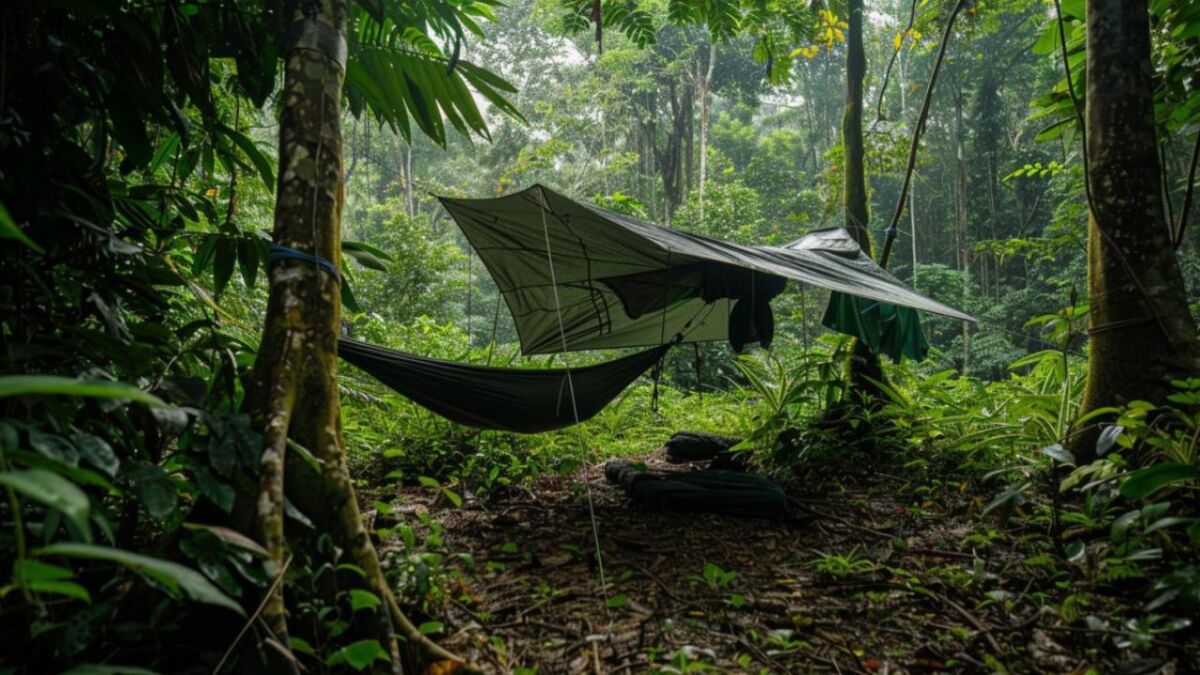
Sleeping on the Floor: Causes for More Frequent Insect Encounters
On the ground, you are easy prey for all kinds of creepy crawlies - unless you have a tent with a groundsheet.
Under the tarp, ants, beetles, and spiders see you as a welcome change in their otherwise monotonous ground life. Even if you carefully clear your sleeping area of insects, the little critters can come at night.
My tip: Thoroughly check your sleeping bag and sleeping mat before snuggling in. Nothing is more annoying than having an uninvited guest in your bedding in the middle of the night.
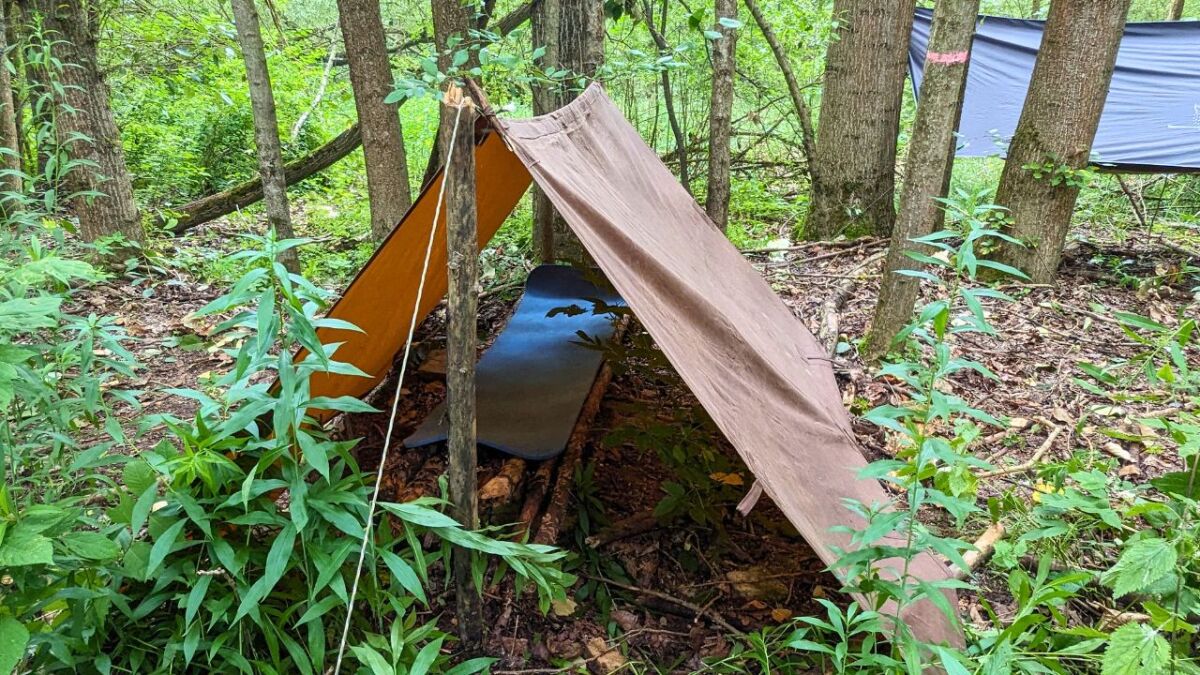
Rain protection
Hammock: Effective Rain Protection with Tarp
A tarp stretched over the hammock - and you're already protected from the rain. Since you're floating in the air anyway, it doesn't matter if the ground beneath you gets wet and muddy.
During my first tarp attempts, my construction looked like a crashed UFO. But with a bit of practice, you'll find the perfect tension for a cozy and dry sleeping spot.
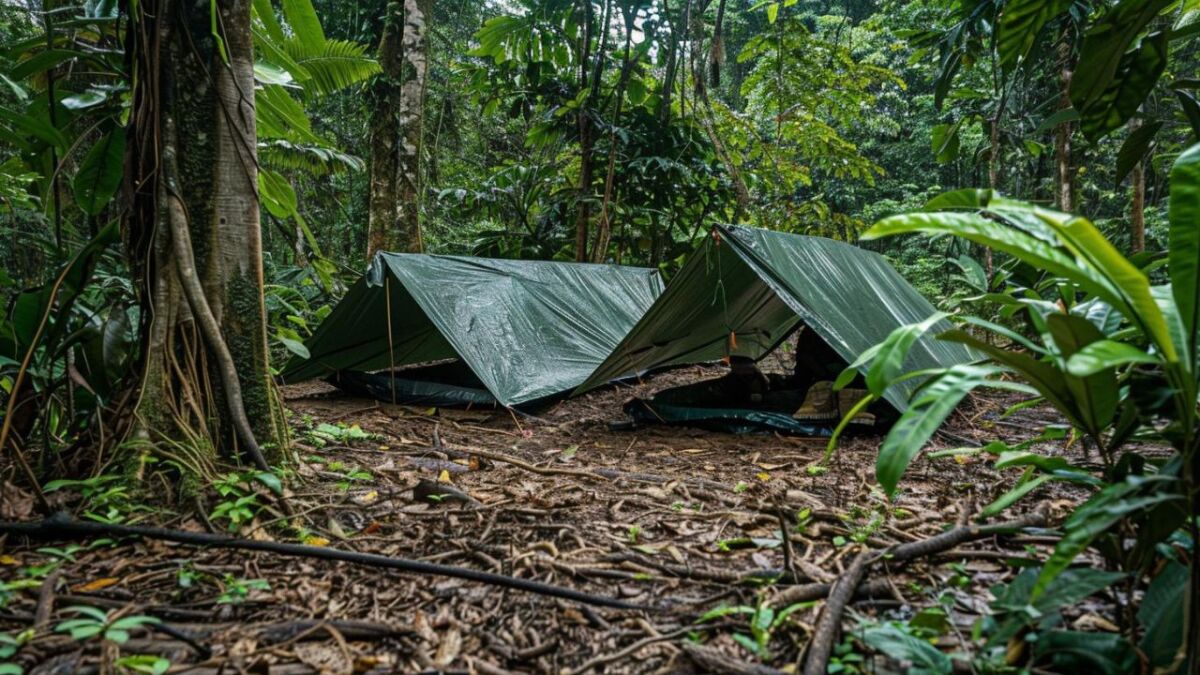
Ground Sleeping: Challenges in Rain Protection
On the ground, good rain protection is almost more important because you would rather not wake up in a puddle of water. A tarp protects you from above, but if the ground is soaked, it can quickly become uncomfortable.
My tip: Make sure to use a waterproof sleeping pad or additionally place a tarp under your sleeping bag. This way, you'll stay dry from below as well.
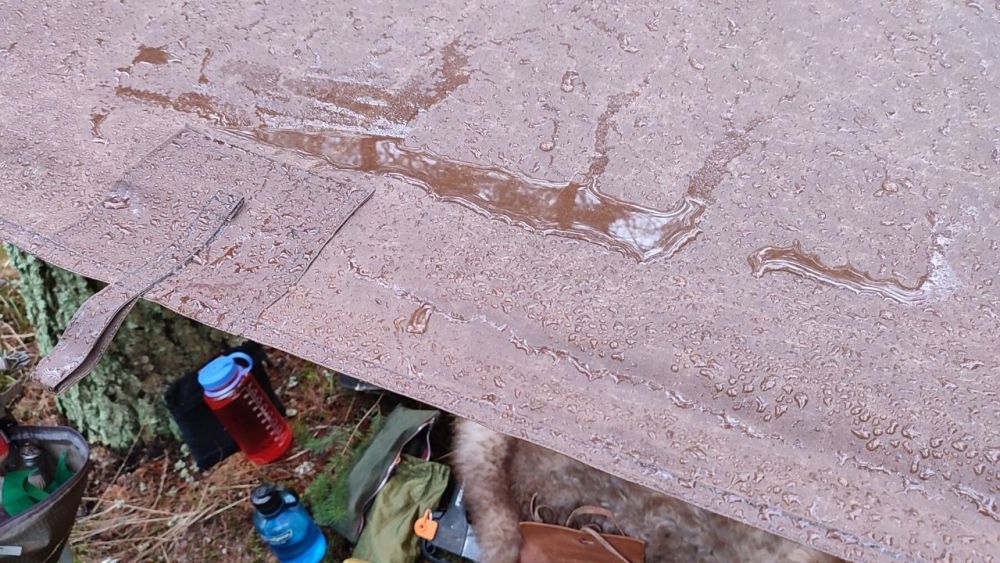
Sleeping Comfort
Hammock: Factors for Good Sleep Comfort
The sleeping comfort in the hammock depends on the right technique. If you lie diagonally, your weight is evenly distributed and you avoid the banana effect. A blanket or a hammock Underquilt protects you from the cold from below.
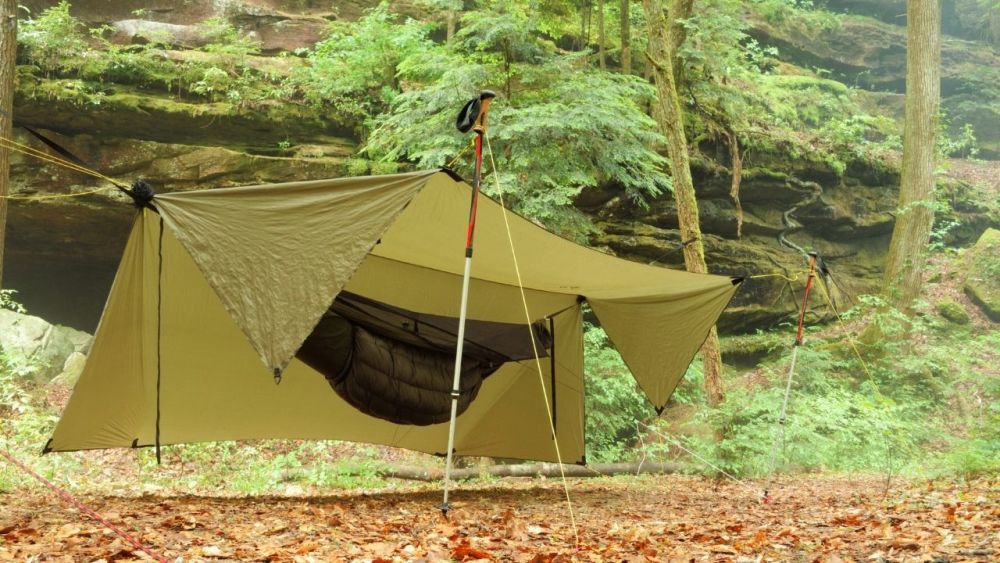
My first night in the hammock felt like I had enrolled in a permanent course in yoga twists. But once you find the right position, you float like you're on cloud nine.
Tip: Since I discovered the "Haven Tent," I only sleep in it. Read here: The Haven Tent: My Game-Changer for Heavenly Sleep in the Wilderness (Review and Detailed Field Test)
Sleeping on the Floor: Impact of the Surface on Sleep Comfort
On the ground, a suitable underlay is essential for restful sleep. A self-inflating sleeping mat or a foam pad evens out irregularities and insulates against cold from below.
Pro tip: Avoid stones or roots under the tent. Otherwise, they will mercilessly dig into your back and make you look like a question mark in the morning.
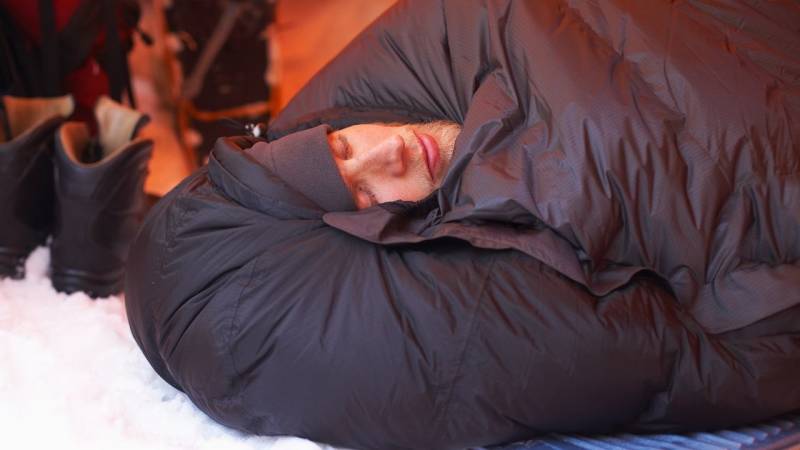
Visibility
Hammock: Reasons for Increased Visibility
In the hammock, you reign like a king above the forest floor. This may flatter your ego, but it also makes you easily visible. So choose a discreet color for the hammock and tarp if you prefer to remain unnoticed.
Fun Fact: Squirrels often mistake hammocks for a new type of feeder. So don't be surprised if you get some furry visitors.
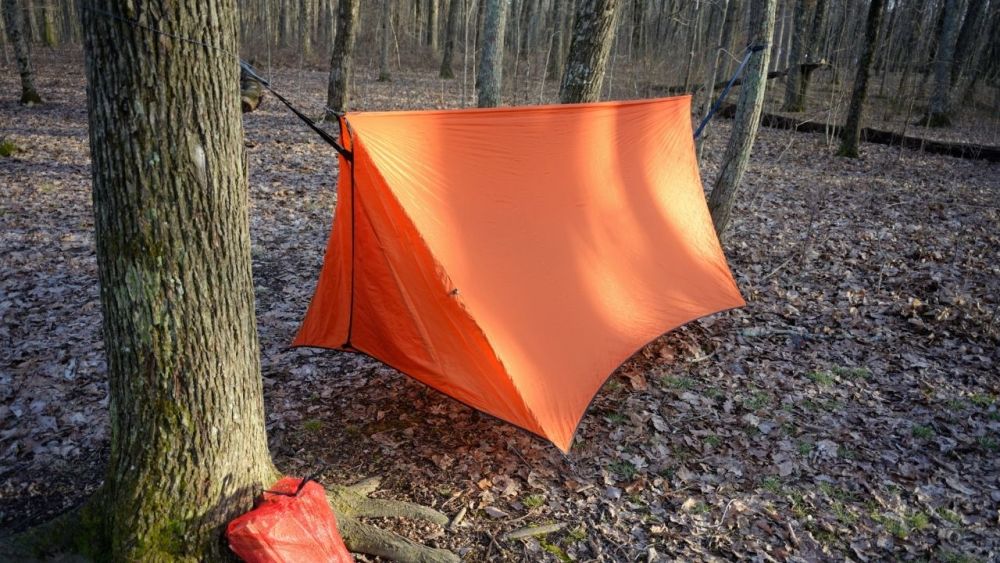
Floor sleeping: Advantages of low visibility
On the ground, you are significantly less conspicuous. A camouflage tent or a well-chosen campsite allows you to visually blend in with the surroundings. This can be advantageous if you prefer peace and do not want to be disturbed by curious onlookers.
My tip: A camouflage pattern on the sleeping bag is useless if you're sitting next to it in bright orange merino underwear. Always consider the overall picture.
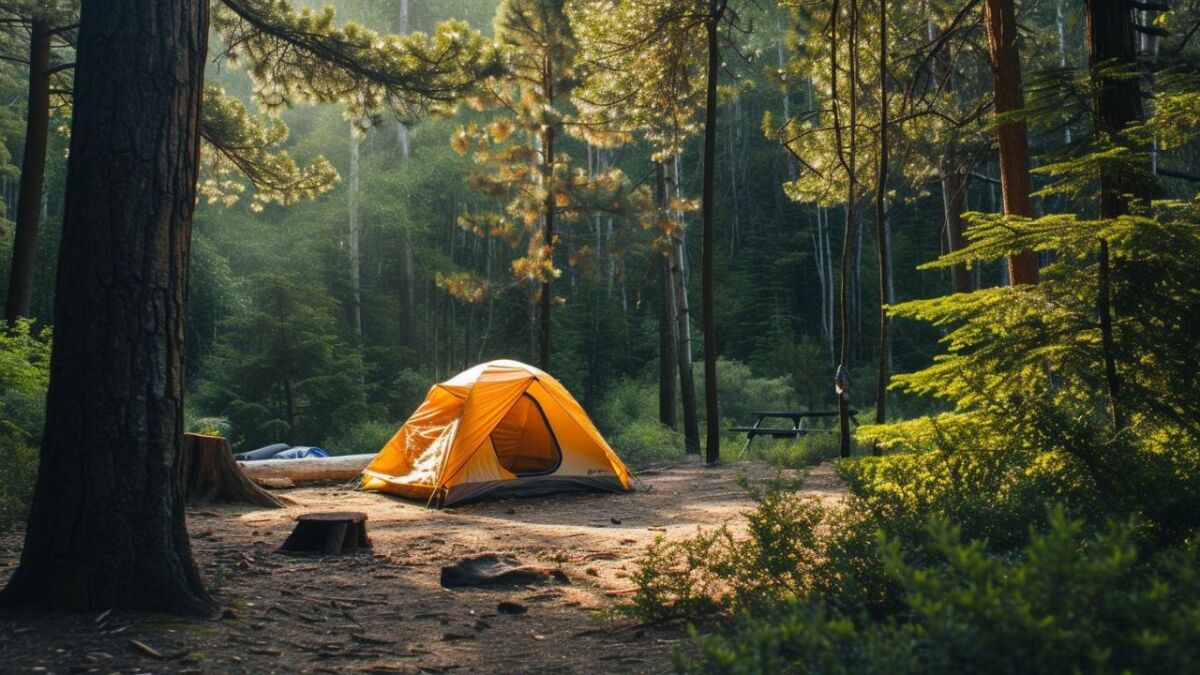
Dependence on Substrate and Environment
Hammock: Importance of Trees and Independence from the Ground
Trees are your best friend when you want to sleep in a hammock. Without them, nothing works. The ground is relatively unimportant to you, as long as your anchor points are stable.
Fun Fact: In the Amazon, there are over 16,000 species of trees. You're sure to find two that can hold your hammock.
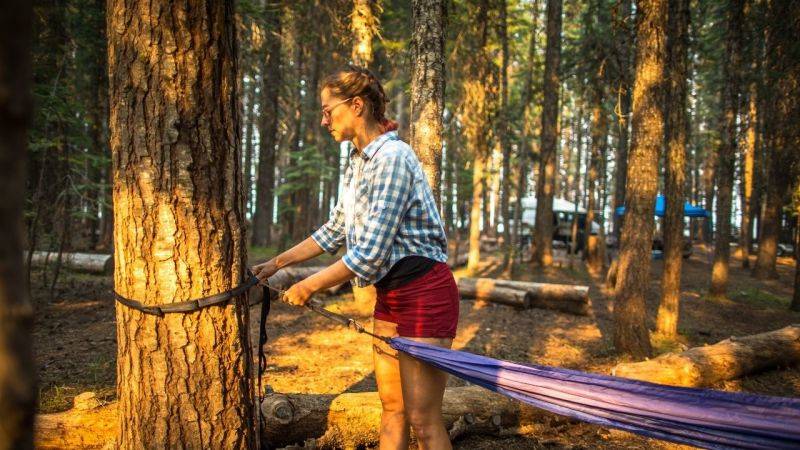
Sleeping on the floor: Necessity of a level and obstacle-free surface
On the ground, you need a surface that is as level and obstacle-free as possible. Large stones and roots can significantly disturb your night's rest.
I'm just saying: "The Princess and the Pea". Imagine you are the princess and your sleeping pad is the pea. That's about how it feels when you sleep on a pine cone.
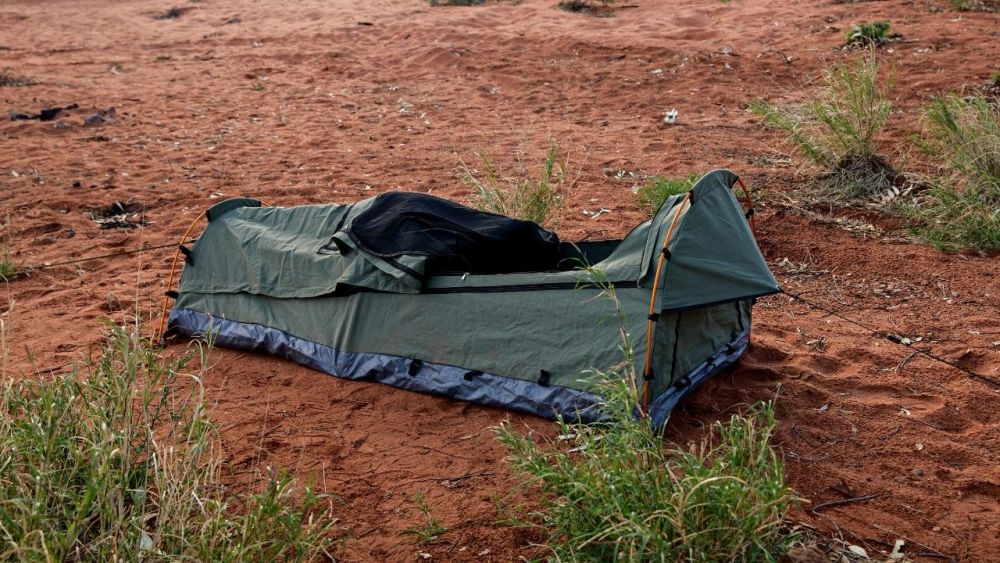
Animal Encounter
Hammock: Low Risk Due to Elevated Sleeping Position
In the hammock, you are unreachable for most nocturnal animals. Wild boars and the like might simply pass underneath you without giving you a glance.
Fun Fact: Sloths spend most of their lives hanging in trees. Maybe they invented the hammock concept?
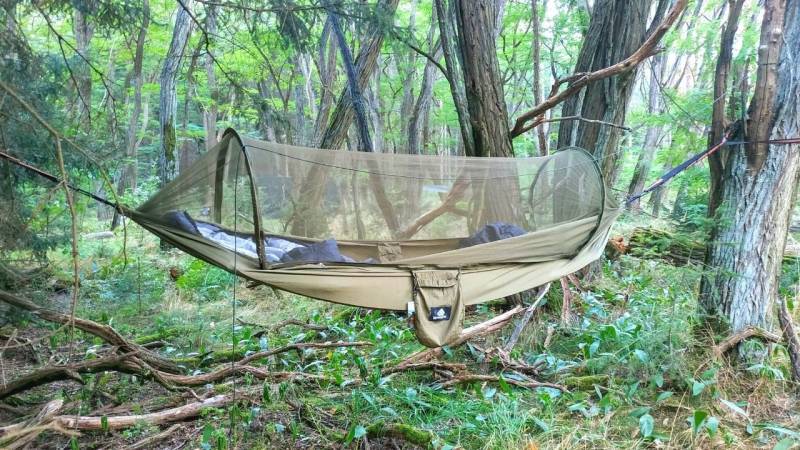
Sleeping on the Floor: Increased Risk from Sleeping at Animal Height
On the ground, you are more likely to be in the sight of nocturnal animals. Most of them will steer clear of you, but it is important to securely store food scraps and trash to avoid unwanted visitors.
I'm just saying: It's a fine line between "Wow, how exciting, a badger!" and "Help, go away, you skunk!".
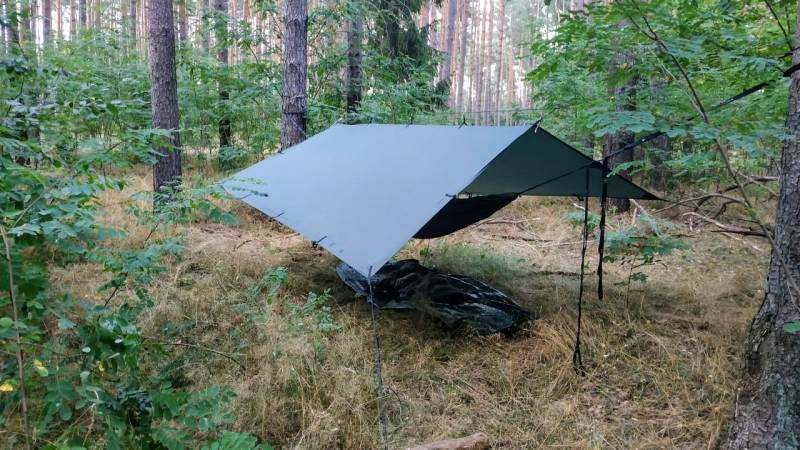
Overview of the Environment
Hammock: Better overview through elevated position
In the hammock, you have an excellent overview of your surroundings. This can be advantageous for animal observation or orientation.
Fun Fact: With a hammock, you are the Tarzan of the 21st century. All that's missing is the appropriate yell.
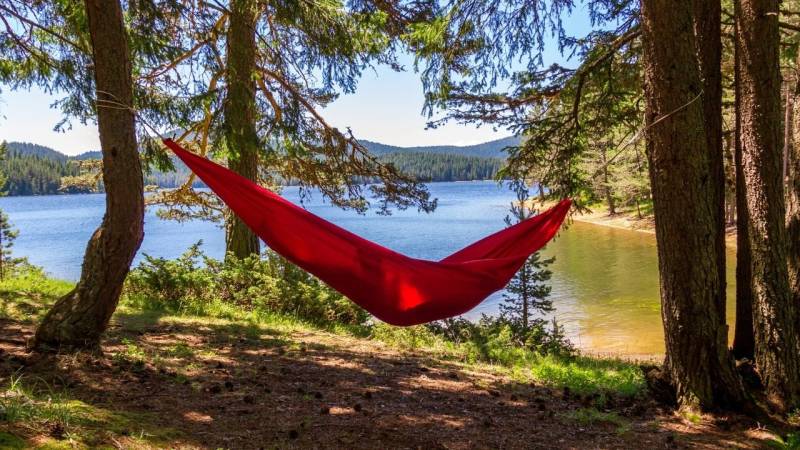
Floor Sleeping: Limited Overview at Ground Level
At ground level, your field of vision is rather limited. Tall grass or bushes can further obstruct the view.
My tip: Choose a slightly elevated campsite to have a better overview. But be careful not to accidentally roll into the Valley of the Kings.
What do both sleep variants have in common?
There are factors that are highly dependent on the material. Is a hammock now heavier than a sleeping bag with a bivouac? That cannot be answered generally.
Those who prefer it a bit softer can take two sleeping pads (here is my best list) into the hammock, which in turn also adds weight when carrying.
Or some people set up a simple hammock in five minutes. Others, on the other hand, need a full 30 minutes for a stable construction with a different hammock model.
The following facts are highly dependent on the material:
- Insulation against cold and wind
- Weight and pack volume
- Speed of setup and takedown
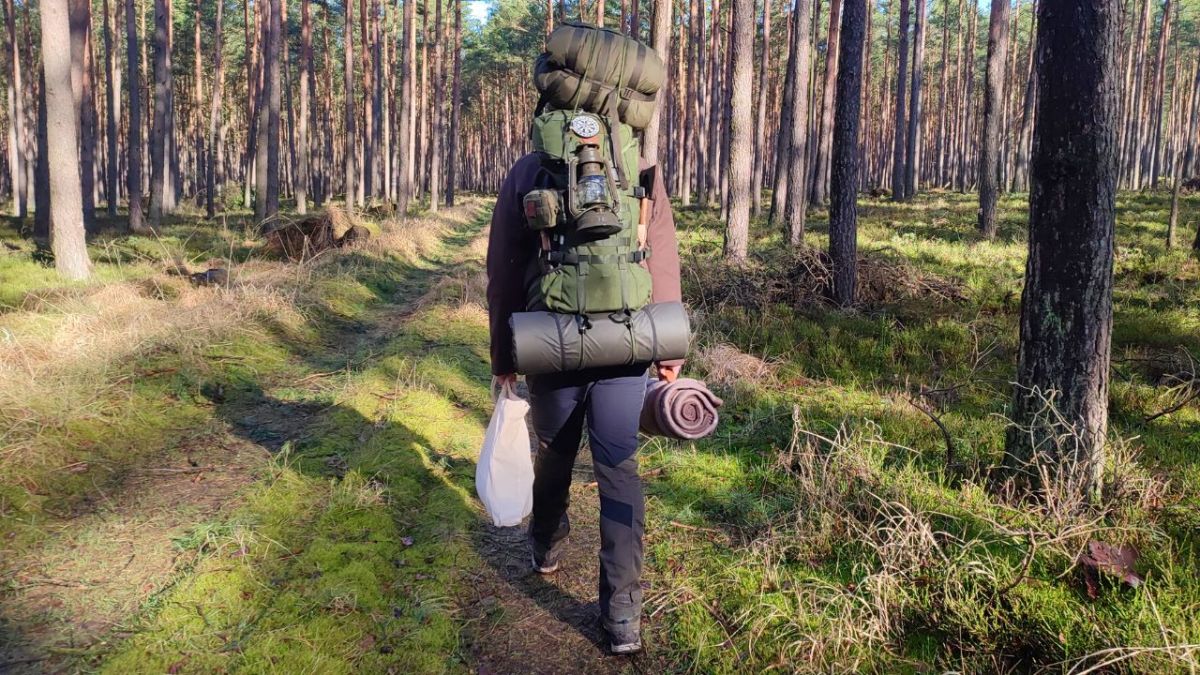
Conclusion: Both variants have their advantages, depending on the area and requirements
So, that was my excursion into the world of hammocks and ground sleeping.
As you can see, both variants have their advantages and disadvantages.
In the end, you have to decide for yourself what suits you and your needs best.
But no matter whether you choose the airy hammock or the down-to-earth sleeping bag: The main thing is that you are outside in nature and enjoying your time in the wild. In this sense: Good night and sleep well!
Now my question to you: What is your personal choice?
Ground sleeping or hammock? What do you swear by?


Author of the guide
Martin Gebhardt
Hey, I'm Martin. On my blog, you will learn the basics and numerous details about living in the wild. I think survival, bushcraft and the good life in nature are the keys to happiness. Find me here on Instagram or on YouTube. You can find more about my mission on the About Me page.
Was this guide helpful?
20 people found this guide helpful.
5.00 out of 5 points (20 Ratings)
Comments (0)
This post may contain affiliate links. So if you click on the links and make a purchase, I will receive a small commission at no additional cost to you. Click here, to learn more about it.


